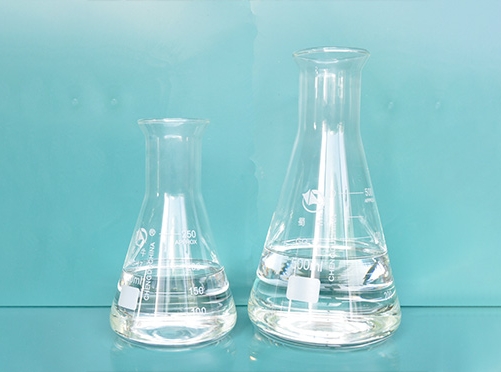In contemporary plant protection, mineral spray oil has been applied to most crops and effective methods for preventing insects, mite and diseases have been built for many crops. Along with the improvement of spray oil extraction technology, more potential will be exploited and more effects will be acknowledged. It can be expected that the reliance on traditional pesticide will be reduced and high-quality mineral spray oil will play an important role in future integrated pest management (IPM).
During its application to prevention of pests for one hundred years, mineral spray oil, once called “dormancy oil”, was only used in dormancy period in the past to prevent overwintering pests. However, Kaiwei Yongli pesticide mineral oil can be used in the whole season of growth.
In its application to agriculture, mineral oil is mainly required to have: 1) effect, 2) safety, which are determined by the following five chemical characteristics:
1. Chemical components
Mineral spray oil contains four basic chemical structural components, and each kind of spray oil contains two or more kinds of such components.
1)Paraffin: the most perfect structural formula, high insecticidal activity, and stable structure ensuring high safety.
2)Naphthene: no double bound contained but tended to break to cause reaction, risk of phytotoxicity and low insecticidal activity.
3)Aromatic compound: It has double bound structure, is unstable and easily causes phytotoxicity.
4)Olefin paraffin: double bound structure contained.
2.Number of carbon atoms
Along with the increase of the number of paraffin carbon atoms, the insecticidal activity also improves to about 23. When the number of carbon atoms is more than 25, the risk of phytotoxicity rapidly increases, so the carbon atom number of safe and effective mineral spray oil should be in narrow width. The carbon atom number of mineral oil with highest commercial value is 20~25.
3.Distillation temperature
As distillation temperature is an index for judging quality of spray oil, American administration adopts D1160 vacuum distillation method of American Society of Testing Materials to regulate spray oil. According to the method, the temperature of spray oil subjected to 10%, 50% and 90% distillation is measured under vacuum condition of 10 millimeter of mercury. If the temperature of 50% distillation is 224±4.5℃ (435±8°F) and the difference between 10% distillation and 90% distillation is 44.4℃ (80°F), the mineral oil is called 435 narrow-width spray oil. Narrow-width spray oil causes few reaction and is hardly phytotoxic, so that it can be used in the whole season of growth.
4.Precision of purification
The purification precision is indicated by the value of unsulfonated residues in spray oil. The amount of unsulfonated residues shows the amount of oil that does not react with sulfuric acid. When oil is exposed in sulfuric acid, the unsaturates or double-bound carbon chain in oil will react or be sulfonated, and aromatic compounds will be all reacted in sulfonation reaction. The value of unsulfonated residues represents the amount of remaining oil in the original oil. The minimal value for no phytotoxicity is 92. Higher value of unsulfonated residues (the value of Kaiwei Yongli pesticide mineral oil is 99) means higher safety and higher insecticidal activity.
5. Viscosity
Oil mobility and concentration of preparation settling in water influence safety and effect. It is easier for light oil to flow and expand on the surface of plants. The performance makes the spray oil more applicable in warm environment and plant flourishing season. Heavy oil that easily forms oil droplets is mostly used in dormancy period to reduce the harm of poor safety.

